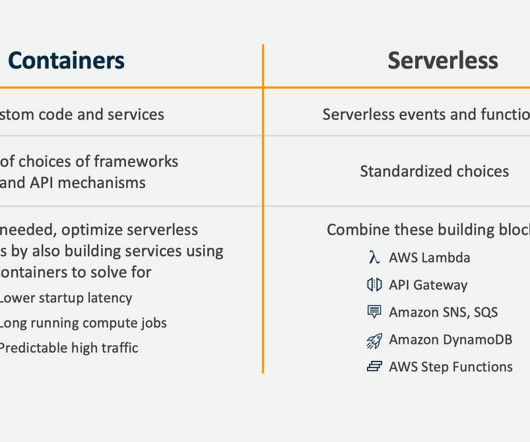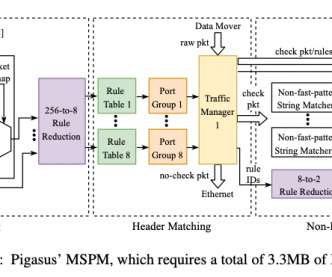Supporting Diverse ML Systems at Netflix
The Netflix TechBlog
MARCH 7, 2024
The Machine Learning Platform (MLP) team at Netflix provides an entire ecosystem of tools around Metaflow , an open source machine learning infrastructure framework we started, to empower data scientists and machine learning practitioners to build and manage a variety of ML systems. ETL workflows), as well as downstream (e.g.

















































Let's personalize your content